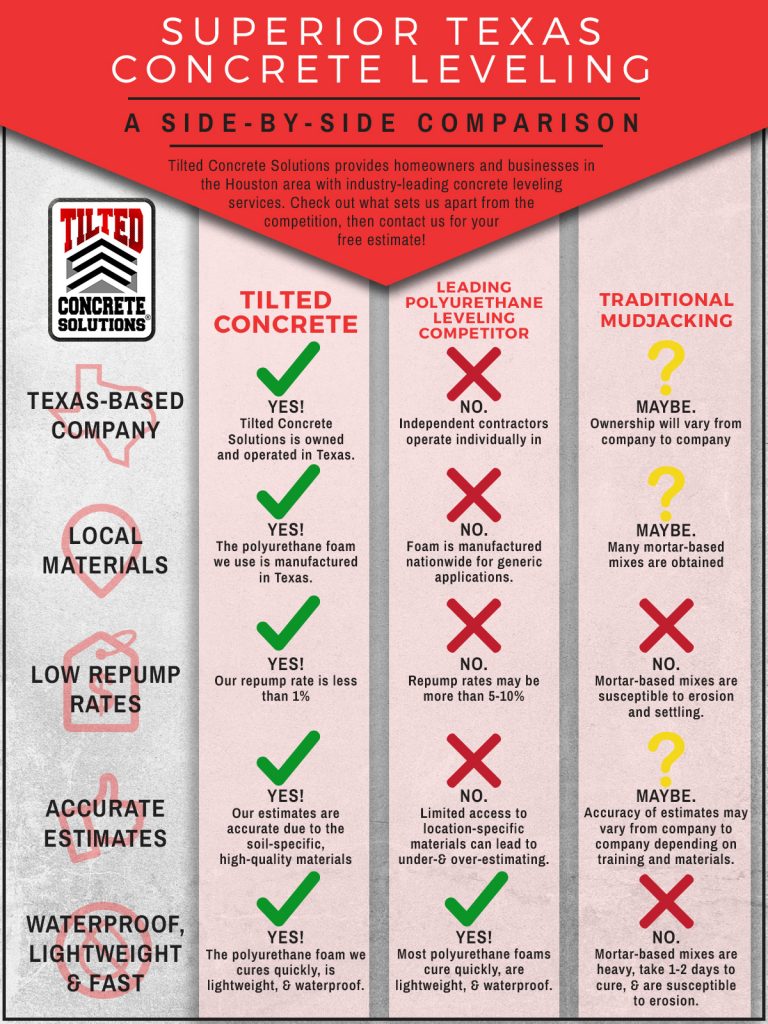Vital Seasonal Aspects Of Commercial Exterior Paint: What You Should Understand
Vital Seasonal Aspects Of Commercial Exterior Paint: What You Should Understand
Blog Article
Uploaded By-McLamb Celik
When you're preparing an industrial outside painting project, seasonal variables can make or break your results. You'll intend to take into consideration how temperature and moisture effect paint application and drying out times. Picking the best period can guarantee your paint sticks correctly and lasts much longer. However which periods are really the most effective for this kind of work? Let's check out the crucial elements that can impact your project's success.
The Effect of Temperature on Paint Application
When you're planning a business external paint job, the temperature can dramatically affect how well the paint adheres and dries.
Ideally, you wish to repaint when temperatures range in between 50 ° F and 85 ° F. If Get More Information 's too chilly, the paint may not treat properly, leading to problems like peeling or splitting.
On the other side, if it's too hot, the paint can dry out also quickly, protecting against appropriate attachment and leading to an uneven finish.
You should additionally take into consideration the moment of day; early morning or late afternoon uses cooler temperature levels, which can be extra favorable.
Constantly check the manufacturer's referrals for the particular paint you're using, as they commonly give assistance on the optimal temperature level range for optimum results.
Humidity and Its Effect on Drying Times
Temperature isn't the only environmental aspect that affects your industrial outside painting job; moisture plays a significant function also. High moisture levels can decrease drying times drastically, affecting the general high quality of your paint job.
When the air is saturated with dampness, the paint takes longer to heal, which can lead to concerns like poor attachment and a higher risk of mildew growth. If you're painting on a specifically moist day, be planned for prolonged delay times between layers.
It's critical to keep track of local weather conditions and strategy appropriately. Ideally, go for humidity levels between 40% and 70% for ideal drying out.
Keeping these consider mind ensures your task remains on track and delivers a lasting surface.
Best Seasons for Commercial Exterior Painting Projects
What's the very best time of year for your business exterior painting tasks?
Spring and very early loss are generally your best options. Throughout these periods, temperature levels are moderate, and humidity levels are typically reduced, creating optimal problems for paint application and drying out.
Stay clear of summer season's intense heat, which can cause paint to dry also swiftly, causing bad attachment and coating. In a similar way, winter's cool temperatures can impede correct drying and curing, running the risk of the long life of your paint job.
Go for days with temperature levels in between 50 ° F and 85 ° F for optimal outcomes. Keep in mind to examine the local weather prediction for rainfall, as wet problems can wreck your project.
Planning around related web site ensures your painting project runs smoothly and lasts longer.
Verdict
Finally, intending your commercial exterior paint jobs around seasonal considerations can make a considerable distinction in the result. By scheduling job throughout the perfect temperature levels and humidity degrees, you'll ensure far better bond and drying times. Bear in mind to keep an eye on regional weather report and select the correct time of year-- springtime and very early fall are your best choices. Taking these steps will certainly aid you attain a durable and professional coating that lasts.
